Since its inauguration, Lexus has aimed to take the fight to stronger premium brand names, such as Mercedes-Benz, Jaguar, Audi and BMW, offering marginally cheaper alternatives to luxury saloons and crossover SUVs, as well as the courageous Lexus LFA supercar during economic turmoil.
Lexus started life as Toyota’s luxury division, ever since then the marque has built up a reputation over the years as a manufacturer that epitomises high quality, reliability and strong finishes in customer satisfaction surveys. But where did it all begin?
Back in 1983, then-Toyota chairman Eiji Toyoda summoned a highly secret, emergency meeting. Tea and biscuits were put aside when Toyoda quizzed fellow company executives: “Can we create a luxury vehicle to challenge the world’s best?”
What resulted was the F1 project – not to be confused with the pinnacle of motor racing – but ‘Flagship One’, involving painstaking amounts of market research and focus groups on luxury car buyers.
The result spawned the Lexus (a combination of luxury and elegance) LS400 saloon in 1989. Riding a wave of clever television and print advertising, the LS400 made its debut at that year’s North American (Detroit) Auto Show and proved to be an instant hit with punters.
The LS400 needed to be. An extensive resource of 60 designers, 24 engineering teams, 450 prototypes, 2.7 million kilometres of road testing and more than $1 billion went into developing the flagship saloon, featuring a unique design that shared little in common with previous Toyotas.
When the LS400 finally touched down in Europe in 1990, it was applauded for its high-quality cabin, superb refinement, a lower drag coefficient and better value compared to its rivals. The punchy 4.0-litre V8 motor, developing 256bhp, also gave the LS400 a higher top speed than the BMW 735i, at 160mph.
Lexus succeeded in shaking up rivals BMW and Mercedes-Benz, whose sales took a significant hit following the LS400’s trumpeting market entrance. The Japanese marque shifted over 165,000 units of the LS400 worldwide and the premium saloon car gained a strong reputation for its ability to clock up well over 200,000 miles with proper maintenance.
In 1993, Lexus launched the GS300 saloon to sit below the LS400 and go head-to-head with the BMW 5-series. Penned by famed designer Giorgetto Giugiaro, the GS300 (standing for Grand Saloon) was introduced with a 3.0-litre inline-six engine, rear-wheel drive and independent double wishbone suspension.

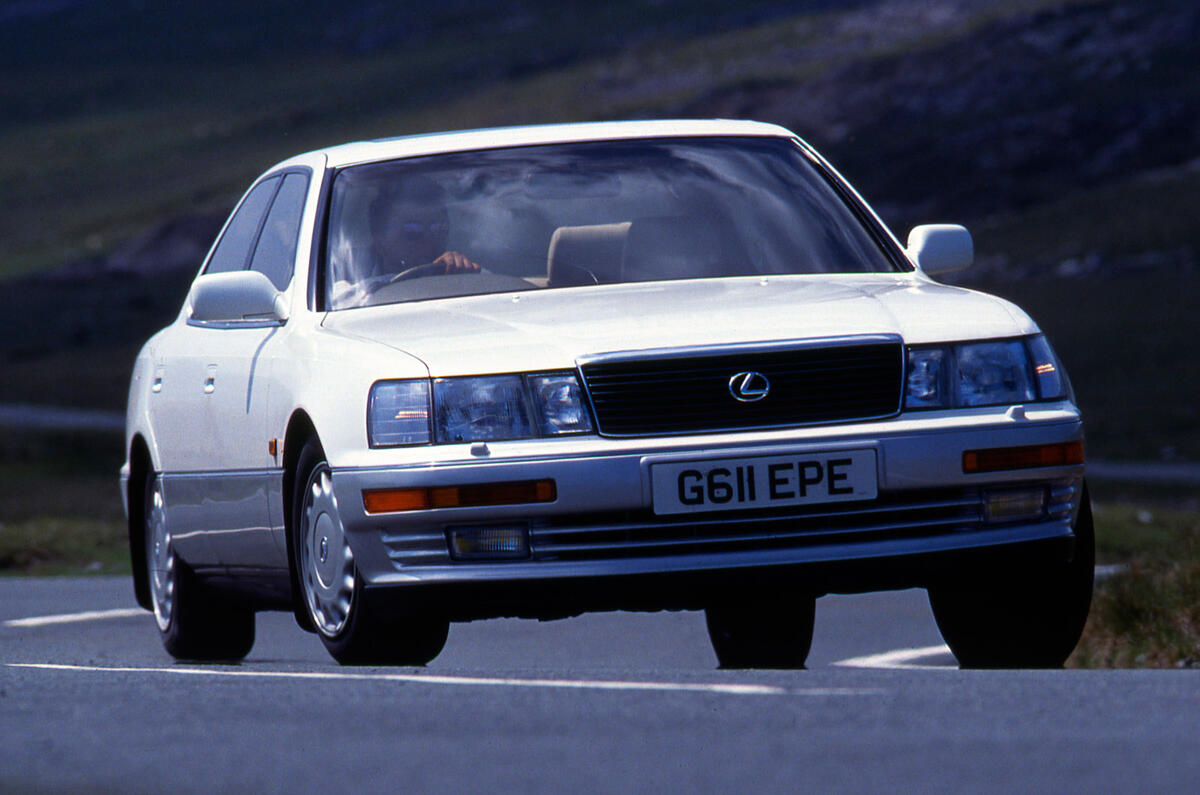

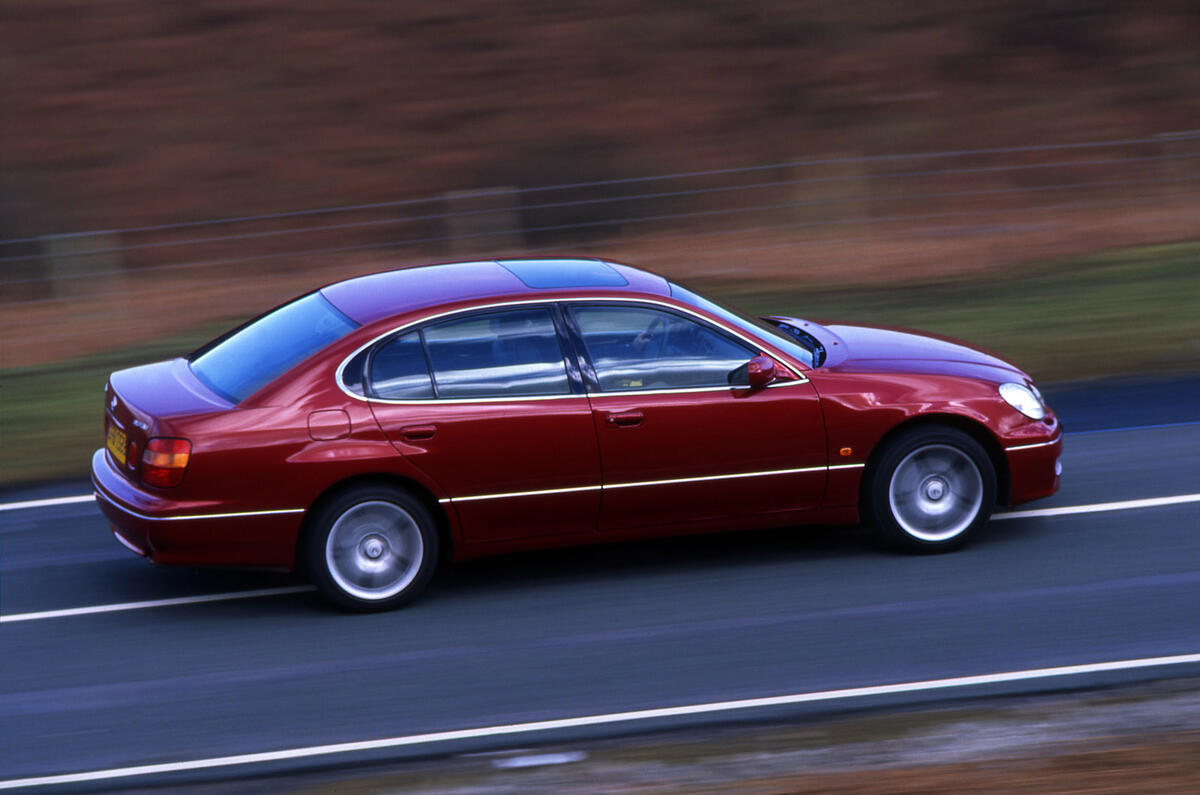
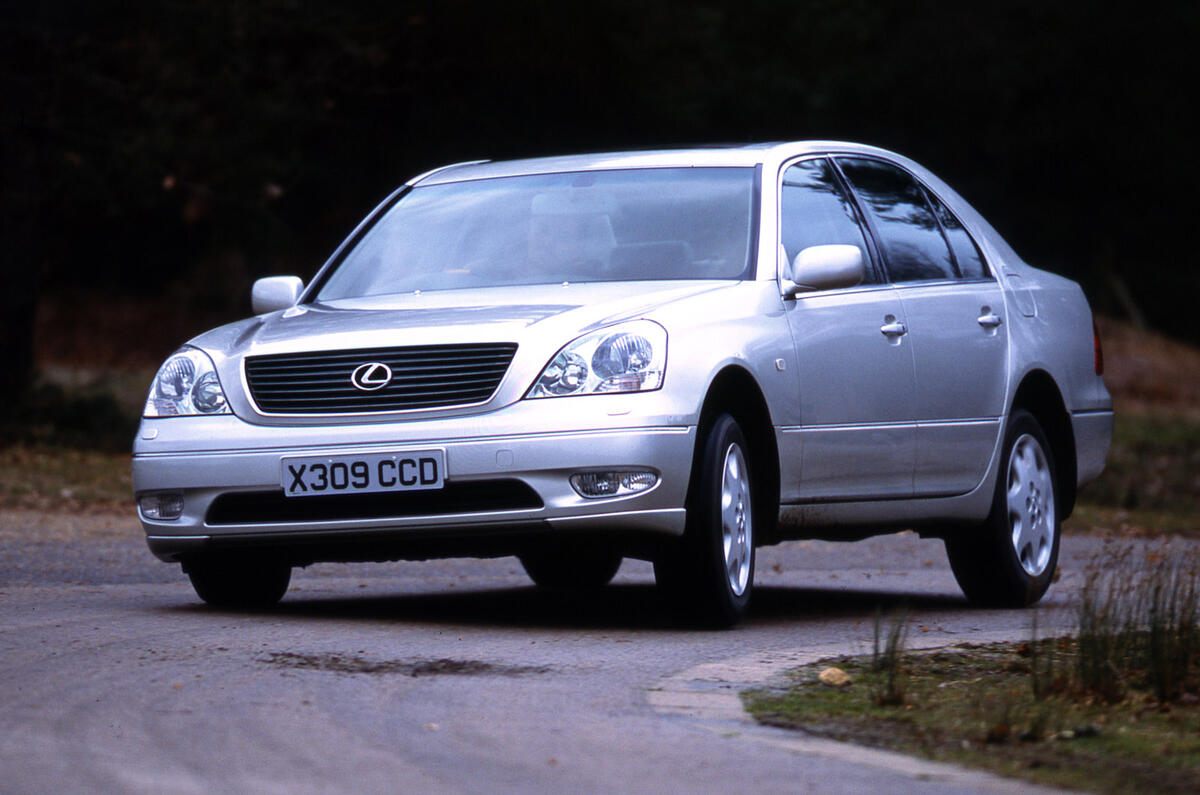
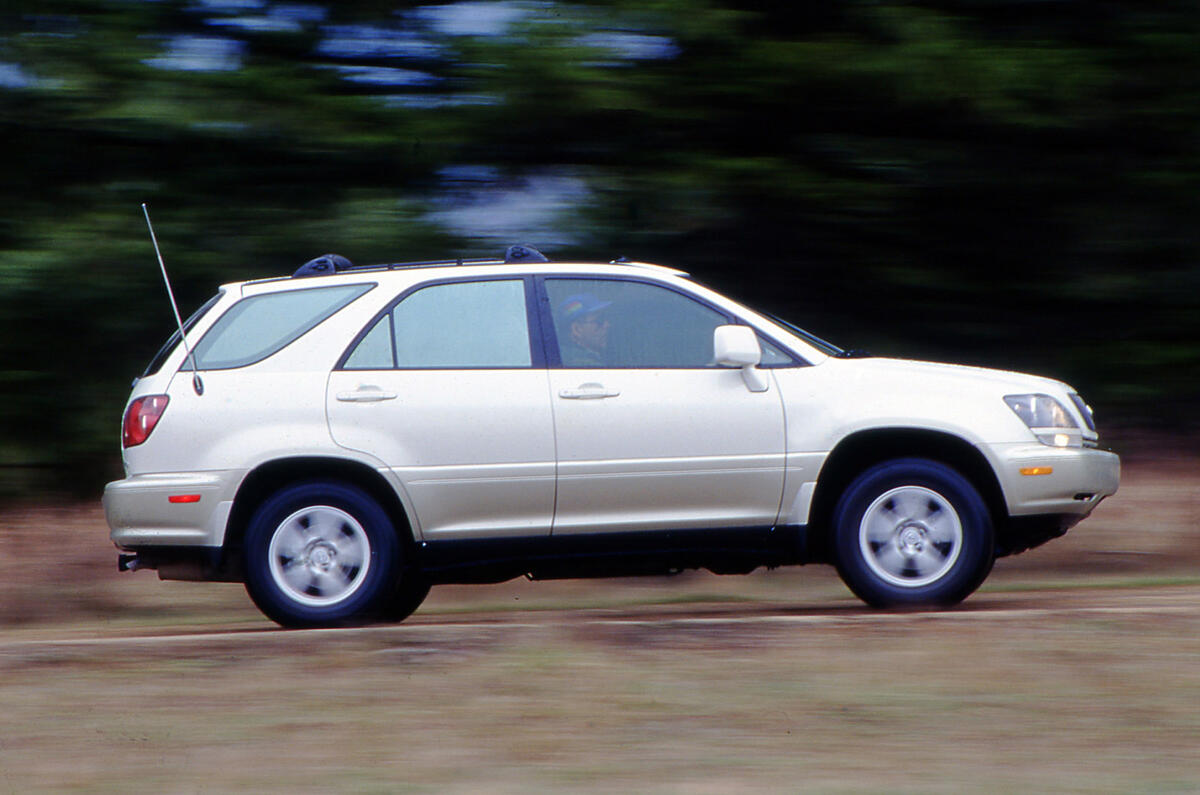
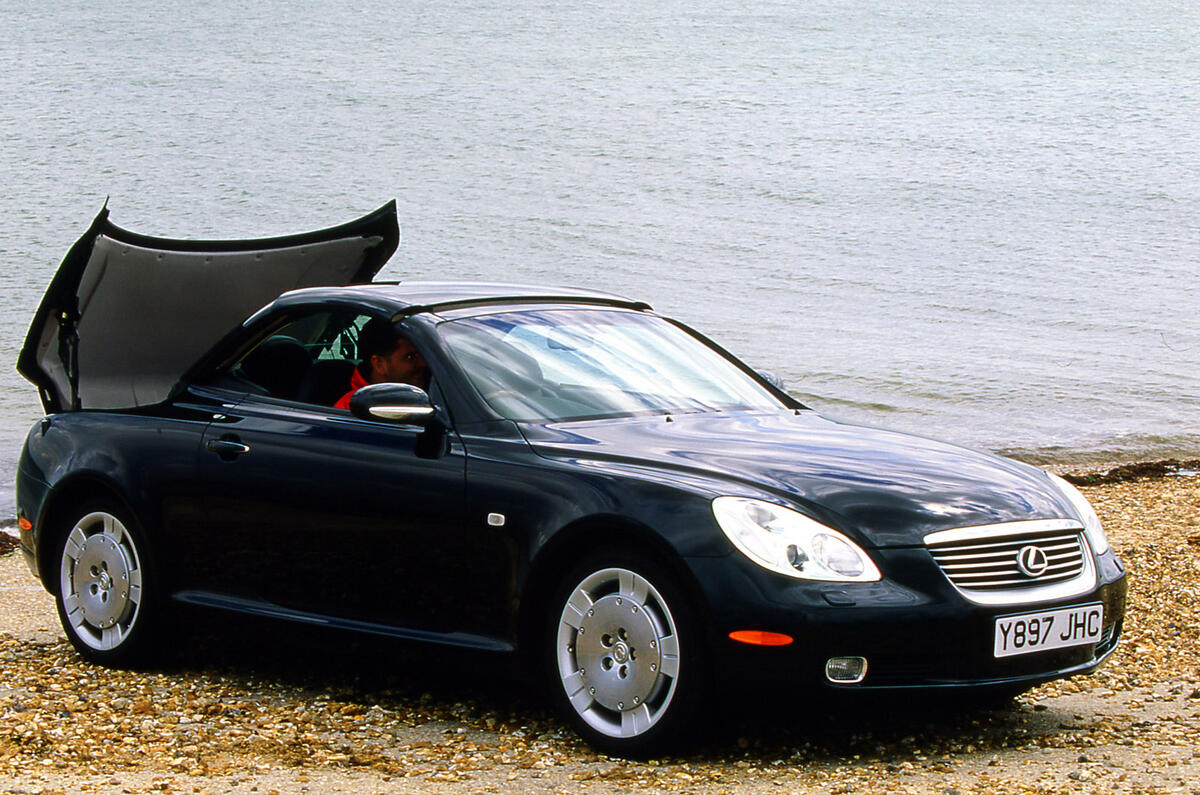
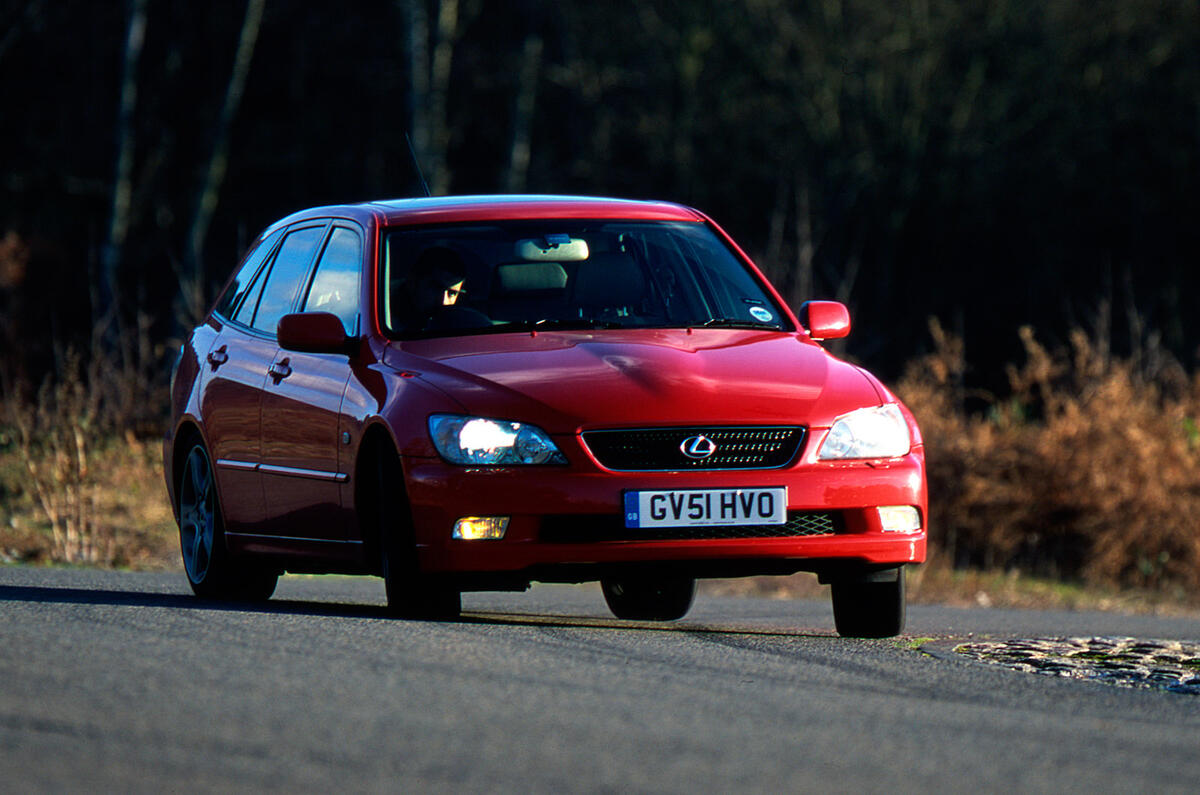








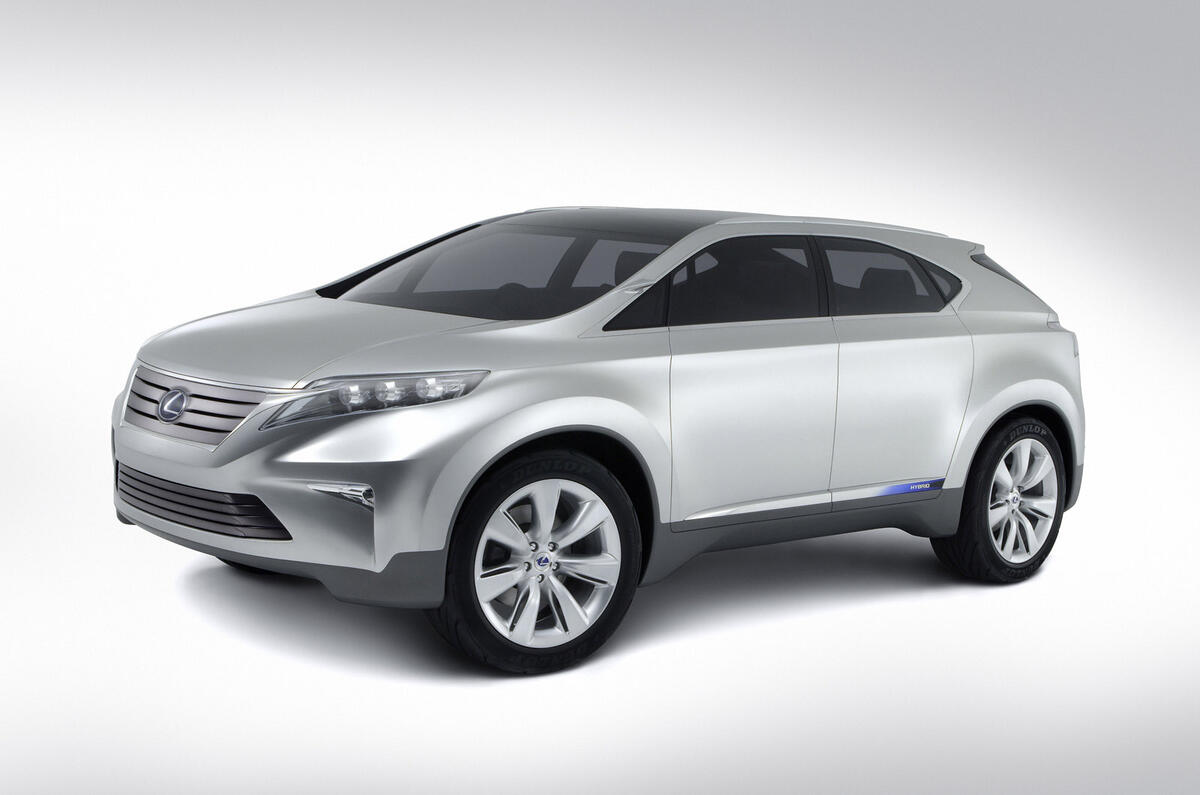









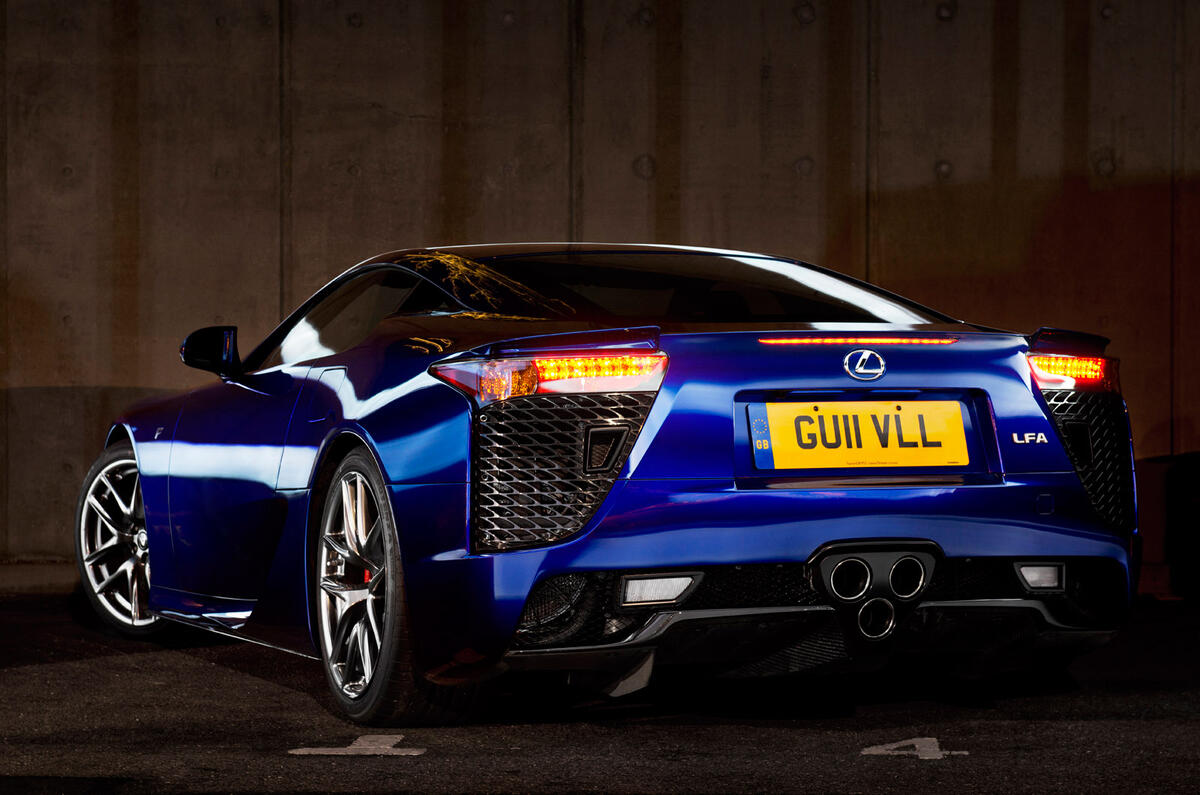





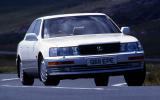

































Join the debate
Add your comment
A battered old Lexus. I do